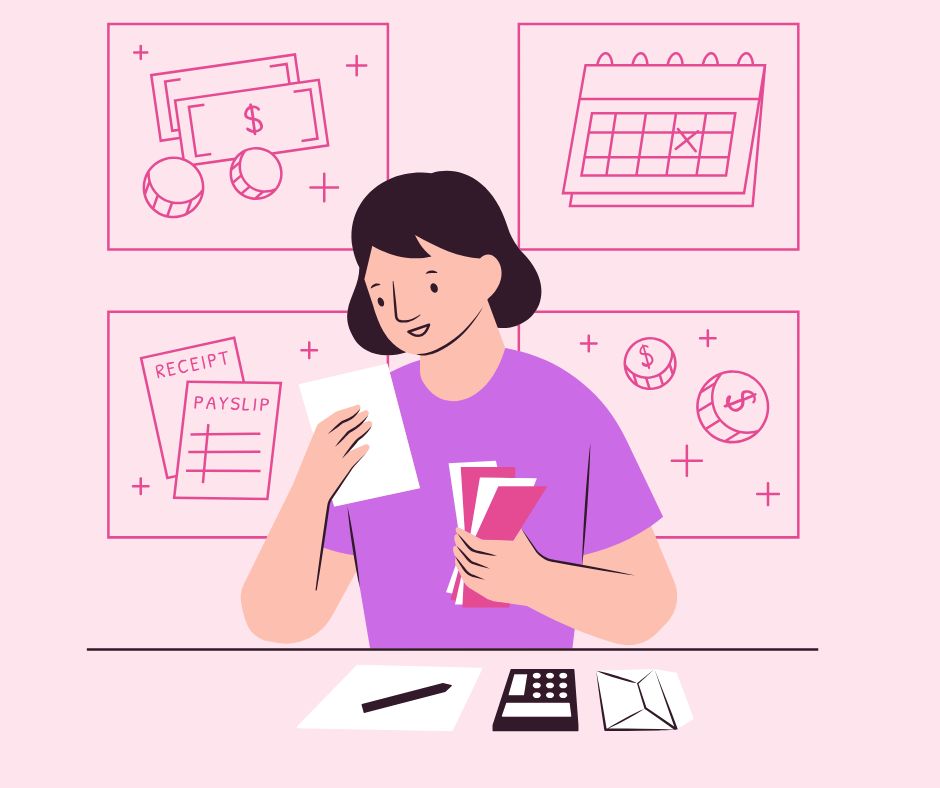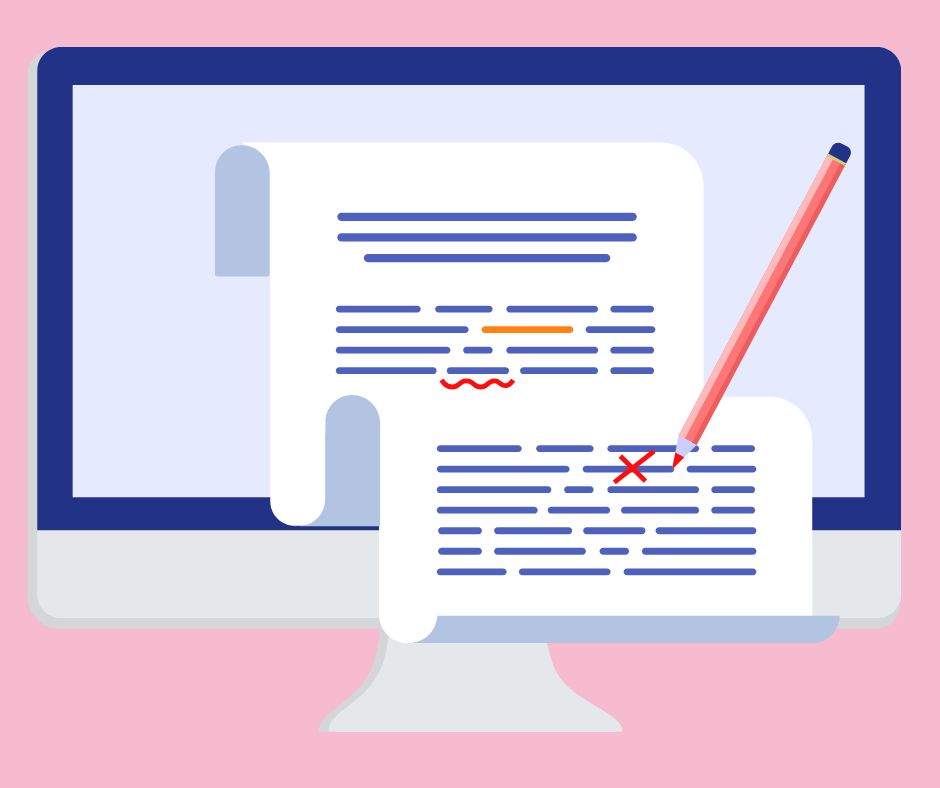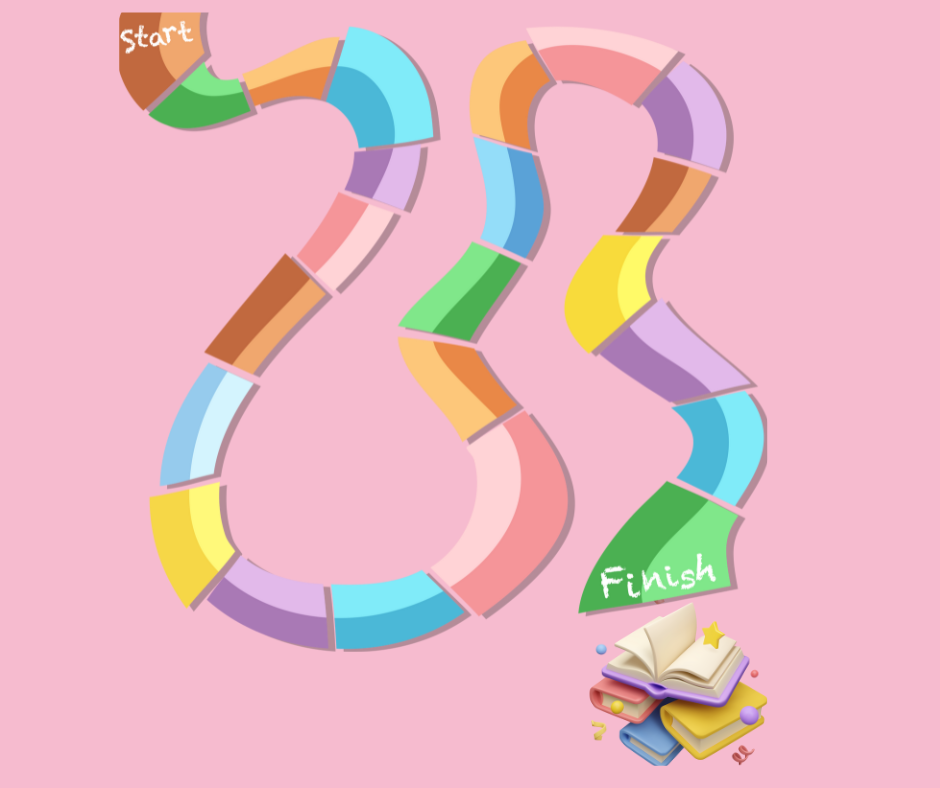Write Blurbs That Sell: A Romance Writer’s Guide to Compelling Descriptions

There’s only one thing worse than writing a synpsis…it’s writing a blurb or book description. How do you condense tens of thousands of words into a couple of paragraphs that don’t just explain the story, but excite readers to buy it?
Writing a blurb or book description can feel as daunting as writing the book itself. But fear not! I’m here to guide you through crafting a blurb that will make readers fall head over heels for your story.
Understanding Your Audience
You may notice a theme when it comes to selling your book, and that is; knowing your target reader.
Why is this crucial? Because they’re who we want to attract. And by knowing about them and what attracts them, you can craft marketing materials that have them buying your book.
Romance isn’t a one-size-fits-all, though. They all want to read about a relationship, but the type of characters, plots, settings, and tropes vary. Some read only one category, such as historical. Others gravitate to certain tropes, such as second chance at love. Knowing what your readers crave in their romance stories is key to speaking their language.
Here are tips to figuring out who your target reader is:
1. Define Your Romance Sub-Genre: Romance is a broad genre with many sub-genres like contemporary, historical, paranormal, fantasy, suspense, erotic, and more. Each attracts a different type of reader. It is possible that your book straddles more than one sub-category, such as paranormal and suspense.
2. List your tropes: Successful romances have two to three, sometimes more tropes. Tropes are plot devises or themes that tell the reader what they’ll find in the book. There are hundreds of tropes. Common ones include:
-
-
- Fake relationship
- Second chance at love
- Enemies to lovers
- Friends to lovers
- Forbidden love
- Brother or sisters’ best friend
- Secret baby/pregnancy
- Secret child
- Fish out of water
- Trapped together
- Search on google for romance tropes to find many more.
-
With category and tropes, you know have a way to describe your book to readers. Many successful authors put these in their titles or covers. Others list it as part of the title in the book listing. For example, my book, Drawn to Her, has “Opposites Attract Billionaire Romance.” You don’t have to go that far, but you do need to know the sub-category(s) and trope(s) so they can be conveyed in the blurb.
3. Analyze Existing Readers: If you already have readers, learn about them. Look at their demographics (age, gender, location), their interests, and reading habits. Consider polling them. Ask them how they found your book in the first place (that could be a clue to what’s working in your marketing.) Find out why they chose your book and why they enjoy it (which will reveal the type of romance and tropes they enjoy).
4. Check Out Comparable Authors: Look at authors who write similar romance novels. Who are their readers? What marketing strategies do they use? This can provide a blueprint for the type of audience you should target.
The Key Elements of a Romance Blurb
Armed with the knowledge of what attracts your reader to buy a book like the one you’ve written, it’s time to write your blurb.
Read blurbs from top-selling books in your subgenre and tropes: This can help you determine the tone, style, and structure that works now. Note that this often changes. Sometimes long descriptions are best. Sometimes short, staccato ones work. Some open with a hook or logline. Others write from first person. I’m not telling you to plagiarize, but instead to study the format that is currently working to sell books like yours.
Introduce the Protagonists: In a few sentences, give us a glimpse of your main characters, their goals and obstacles. Your premise, is a good starting point. Premise: Title Name is about (character info) who must (goal that needs to be achieved) in order to (stakes and opposition). For example:
Despising Her Boss is about an unemployed single mom who is finally getting on her feet again, when she arrives at her new job and discovers her ex is her new boss.
Note that you won’t use your premise, but it’s a starting point to help you organize your thoughts about your book.
Set the Scene: We’re not just talking about setting in terms of location. Here you’re also giving a clue as to time and perhaps season. Is your book set in an English countryside in 1812, a perpetual winter in a land far away, or current day summer in New York?
The Conflict: What is going to throw a wrench into this love story? A family feud, a personal struggle?
The Tone: Your blurb should be the same tone and style as your book. If have a light, third-person POV book, your blurb should be the same. If you’ve written a dark mafia romance with suspense at every turn, your blurb should have that same tone. Highly spicy books should hint at that, although be careful of the language you use as some platforms may reject anything too provocative.
Writing Techniques for Engaging Blurbs
Now that you have your elements, it’s time to weave them together into a description that will make readers buy.
- Show, Don’t Tell: You know this rule. Use imagery and emotions. Choose words that evoke feelings and paint pictures.
- The Hook: Start with a bang! A question, a dramatic statement, or an intriguing scenario can do wonders. When I was agenting, I always started my query letters with a hook. I do the same on most of my blurbs.
- Keeping it Concise: Boil down your story to its romantic essence. No need for subplots here, just the love.
What to Watch Out For
Avoid spoilers and clichés like the plague (see what I did there?).
Include the sizzle, but leave the steak for the book.
Leave them hanging. A dash of mystery keeps the intrigue alive.
Fine-Tuning Your Blurb
Rome wasn’t built in a day, and neither is a perfect blurb. Write a draft and then leave it for a bit. Writing your blurb is a process of tweaking and massaging. When you think you’re close, get feedback from other authors, and then tweak some more.
Remember, this is the second element readers check when deciding to buy a book (the first is the cover). It should draw them in.
Updating Your Blurb
If your books aren’t selling, there are many factors to check to find out why. It could be your cover, but also, it could be your blurb. Don’t be afraid to change it if needed.
Also, consumer preferences and what lures them in is ever changing. The blurb can do well initially, but later falter. I’ve re-written many of my blurbs to better fit what attracts readers.
Do you have questions about writing book blurbs? Maybe you have tips I haven’t included. I’d love to know in the comments below.








Responses